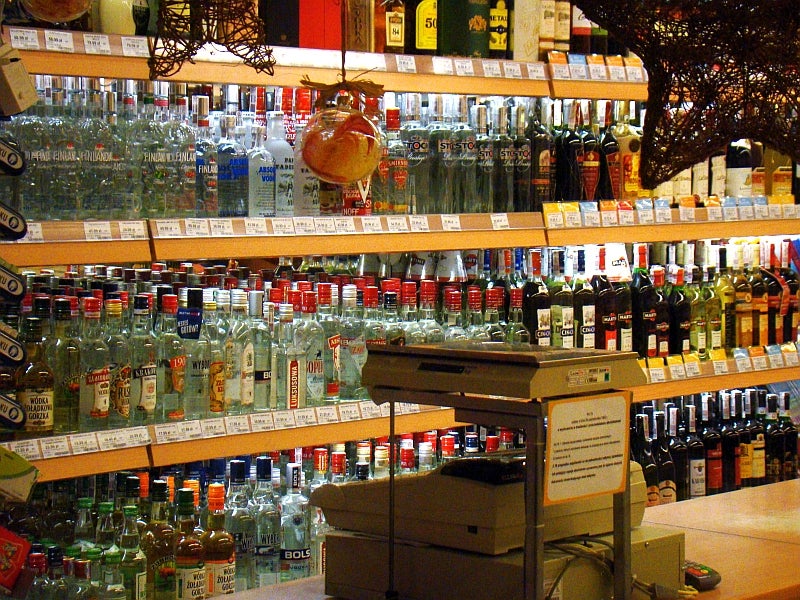How to make sure you don't accidentally buy counterfeit vodka made from anti-freeze
Criminal gangs are making fake vodka; here's how to avoid it

Trading standards officials have warned that fake vodka made from anti-freeze and windscreen wash has been found on sale in British shops. Here’s how to spot and avoid it.
1) Check the bottle has a properly sealed cap
Look closely at the cap of a bottle before buying it – if there is a gap between the seal ring and the bottle cap, the bottle has been opened. Even if the alcohol isn’t counterfeit, it may have been watered down or tampered with in some other way.
2) Watch out for fake bar codes
Most fake vodka bottles will have bar codes on them to make them look authentic, but they may not be properly registered. You can get a bar-code reader app on your phone to check whether a bar code is real or not.
3) Real vodka does not have sediment in it
Real vodka is totally clear, and has no sediment at the bottom of the bottle or particles floating in it. If you can see tiny particles floating in a bottle, it probably means the alcohol has been watered down with tap water. Sediment at the bottom may be a by-product of the production process of fake vodka, and certainly shouldn’t be there.
4) Check for spelling mistakes on the label
Criminal gangs do not tend to employ proof editors and mistakes on labels are more common than you might think. A recent haul in Leicestershire had labels that misspelled “bottled” as “botteled”.
5) Don’t buy booze from under the counter
Dodgy shops might offer you booze from ‘under the counter’ at a discount. The risk of buying counterfeit products is much higher in these secret deals: they are not subject to trading standards checks, and the person you are dealing with is clearly okay with breaking the law to make a few quid on the side.
6) Buy from a reputable supermarket or off-licence
Counterfeiters tend to sell their wares to independent shops where they may lack the expertise or accountability systems to stop fake booze being sold. If you’re worried about a place, sticking to a reputable supermarket chain or a specialist off-licence you know well may be a good idea.
7) Google cheap brands you’ve never heard of
Most counterfeiters try to fake popular brands like Glen’s or Smirnoff, but sometimes they will just make one up. You can Google cheaper brands you’ve never heard of on your phone to reassure you there isn’t a warning out about them.
8) Check it has a proper ‘duty paid’ sticker
This is what a proper ‘duty paid’ sticker looks like. Some counterfeiters fake them, but if a bottle is missing on it’s likely to be illegal.
9) If the price looks too good to be true, it probably is
The sad fact about drinking spirits in this country is that they are expensive. The tax on a 70cl bottle of 37.5% Vodka is around £7.50. If you paid less than this then the retailer would be making a loss on the sale of a legitimate bottle and it’s likely something else is going on.
10) If it smells like nail polish, don’t drink it
Even the most awful student night vodka should not smell like nail polish. Nail products’ characteristic smell comes from a different chemical which should not be found in vodka. If you open a bottle and it smells like nail varnish, don’t drink it.
A perfect fake could in theory be indistinguishable from a real bottle of vodka, but if you don’t break any of these rules you should be okay.
If you do come across a fake you can call the Citizens Advice Consumer Helpline on 08454 04 05 06 or the Customs Hotline on 0800 59 5000.